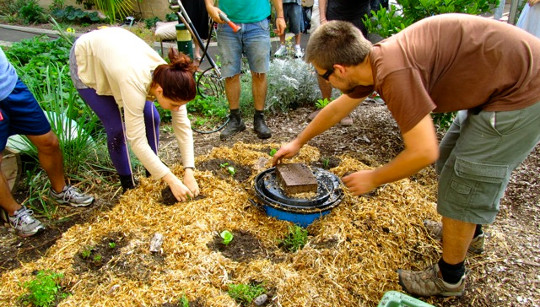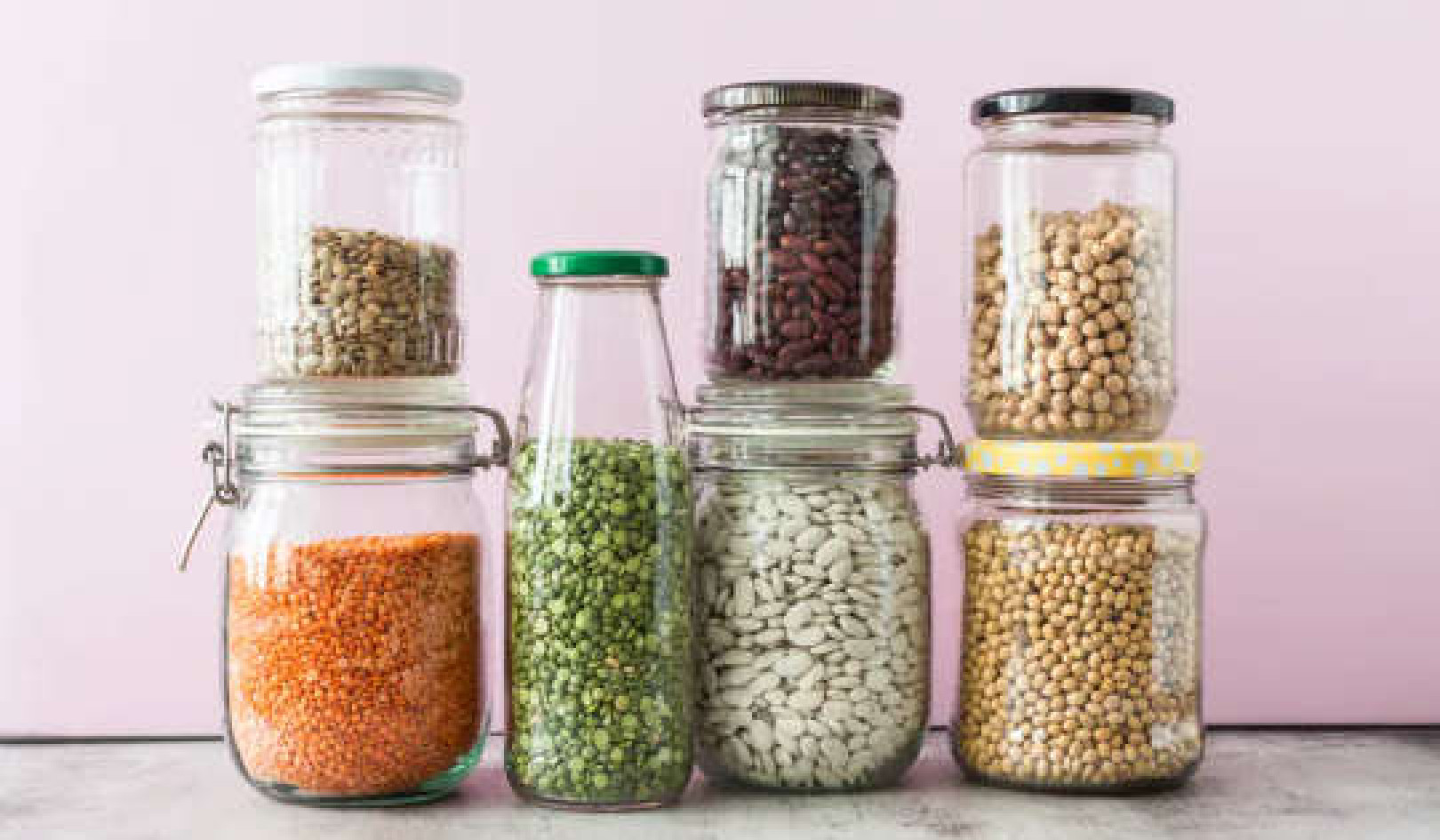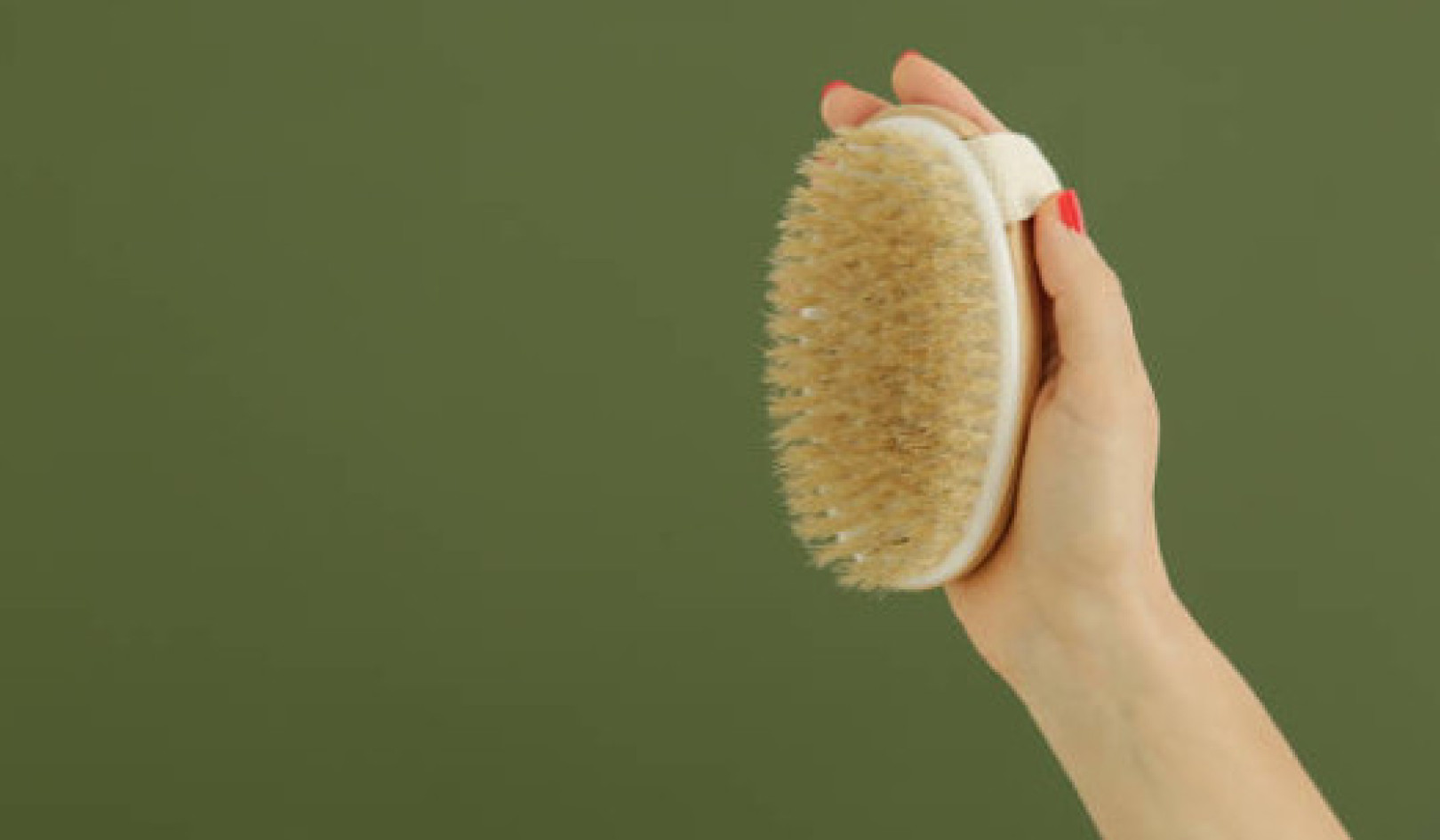
Both compost and mulch foster the life of the soil, and both are important components of the loving landscape. Sometimes they are confused for one another, but they are quite different animals. Compost, which we talked about last week, is more nutrient rich than mulch. It’s full of life, and inoculates soil with that life.
Mulch, on the other hand, is a blanket for the soil. (A blankie, as I think of it in my more regressive moments.) It is not a living material, as good compost is. Rather, it is made up of dead, dry plant matter (dead leaves, shredded wood, straw, etc.) which is spread to form an insulating layer over the soil. Simple as it is, a mulch layer is vital to the life of the soil. In nature, no one comes around with a rake to tidy up. Plants drop dead matter all the time, and that stuff lays there until it breaks down. That is how it should be. In a loving landscape, we try to replicate the patterns or habits of nature, and one of the most important habits she has is letting stuff fall and lay there.
This, by the way, entirely contrary to common gardening practice, which seems to believe that if a surface isn’t covered in turf or cement, it must be swept as clean as a kitchen floor. I see a lot of dead soil in my neighborhood, dry and exposed and baking in the sun–but ever so tidy.
Insulating the soil provides the conditions necessary for life to bloom in the soil. Mulch helps retain soil moisture (which lessens the frequency of watering) and protects soil life and plant roots from the extremes of hot and cold, and builds new soil over time. It provides habitat for beneficial insects (And yes, some not-so-beneficial ones as well. We’ll talk about that more.) So while it is not as biologically active as compost, it creates the conditions which support life.
Get The Latest By Email
Finally, mulch becomes soil. Over time, it slowly breaks down and becomes new soil. If you dig a hole in a yard which has been mulched for a few years, you can see the rich dark soil which appears just beneath the mulch layer, very different from the older soil lower down.
Kazi’s Garden
Let me tell you a story. Our friend Kazi recently bought a new house and is in the process of planting gardens in the front and back yards, which had been sorely neglected. In the big back yard she discovered the previous owners had, for reasons known only to themselves, blanketed the soil with big pieces of polyester carpeting and sheets of black plastic. Beneath this stuff, the soil was dry, hard packed and lifeless.
She threw away the plastic and carpet and put down a thick layer of shredded wood mulch. In addition, she ran drip lines beneath the mulch to bring some water into the picture. (That is necessary here, as we get so little rain–it wouldn’t be necessary everywhere.) She let that stew for a couple of months, and then checked back in.
As if by magic, the soil beneath the mulch had come to life. The water and the insulation called to the worms. They came from…somewhere. (The ways of worms are mysterious!) And they went to work opening up the lifeless, compacted soil, changing its texture and color. On a microscopic level, a host of bacteria and fungi had also gone to work in Kazi’s soil, producing nutrients in the soil, readying it for planting.
And all Kazi did was lay down a truckload of mulch, and then retired to her porch for a well deserved cocktail. No tilling. No digging. Nature does the heavy lifting. This is the wonder of mulch.
Sound too good to be true? The underground, invisible life of the soil, and its relationship to plants is amazing. To learn more, check out the classic text: Teaming with Microbes by Jeff Lowenfels and Wayne Lewis.
The Aesthetics Of Mulch
Mulch looks nice–at least to my eyes it does. I admit that I may have eccentric vision. Life is beautiful, and I see in mulched spaces the promise and hope of life. When I walk in our mulched yard, I can imagine I’m in the forest, walking in quiet leaf litter. Meanwhile, when I see vast tracts of green lawn, I think, “What is it feeding?” And the answer is, nothing. Lawn asks for so much in terms of time, labor, water and chemicals, and gives so little back. Whereas mulch costs little, and gives much.
If you decide you won’t have a lawn (or much lawn), mulch is one of the best ways to unify the look of yard and garden, to make it look tended and tidy. Mulch also represses weeds. I think of it–again–as a blanket stretched across a neatly made bed. Mulch is homey and comforting. It also provides a soft, clean surface for walking, and of course, there’s no worry about too much foot traffic!
Dogs, by the way, seem to do just fine on mulch. They don’t, contrary to popular belief, need a lawn. In fact, we all know they are hard on lawns.
As far as kids go, a yard full of trees to climb, secret forts, chickens, flowers, vegetable patches and interesting critters and bugs might better lure them outside than a perfect lawn. I know many happy kids who live in such yards. And as a kid myself, I preferred such spaces. I have no fond memories of grass. I do have strong memories of playing in wilder spaces–under trees, among boulders, in a rainy gutter, in the snow, at the beach. Lawn, for me, was always a suspicious place full of dangerous sprinkler heads and hidden dog poop.
The one exception I will buy for lawn is as a good surface for babies and toddlers. It’s nice to have a clean, soft patch of grass for them to plunk down on when outside. But that doesn’t have to be a big patch to be very useful and fun–and if the rest of the yard is full of life, they’re more likely to be visited by ladybugs and butterflies!
Where Do You Get Mulch?
1) From the trees, from the ground: Think of your yard as a closed system. Nothing leaves. Leave the Leaves! Nature doesn’t pack precious plant material up in plastic bags and send it to the dump, and neither should you.
- Keep all of your fallen leaves. Get your neighbor’s leaves, if you can. Spread them in place, or store them in bags until you need them. Pine needles work, too.
- Pull weeds before they go to seed and leave them on the ground to dry up and vanish into the mulch layer. I swear, it might look strange to see them laying there at first, all green and bright, but they’ll be pretty much invisible in a few days.
- Practice “chop n’ drop”. When you’re pruning bushes or trees, chop up softer trimmings to about 6″ (15 cm) and leave them at the base of the plant. The plant will appreciate it. You can leave woody branches here and there, too, to support beetles and other bugs. (I make little piles of fallen wood, hoping to host lizards, but resign myself to the fact I’m more likely hosting mice. Well, it gives the neighbor’s cat something to do!)
- If you have a lawn, save all your clippings. They make great mulch (and compost). To mulch with them, it helps if you can spread them out somewhere and let them dry for a day or so, so they lose moisture and won’t mat together.
2) From your city. I can’t speak for all cities, but most have tree trimming crews, and they have to do something with all that stuff, so many cities have public piles of both compost and mulch for the taking. We often visit the +CA+90027/@34.1492153,-118.2998267,17z/data=%214m2%213m1%211s0x80c2c079e8967feb:0x667b29ad5eb8d151">free pile of mulch in Griffith Park, not far from the putting range. We only take their mulch, not their compost, which we’re a little suspicious of.
On that note, not all mulch is created equal. Check the pile before you start shoveling to make sure the wood is ground up enough–there shouldn’t be too many big chunks of wood. A few big chips are okay here and there, but it should be shredded, not just vaguely chopped up. There also shouldn’t be too much garbage mixed in–bits of plastic and the like.
3) From tree trimmers. Shredded tree trimmings are one of the best kinds of mulch we can use. When arborists or tree trimming crews are working in your area with a wood chipper in tow, go talk to them and ask if they have plans for all those trimmings. They may be willing to dump them in your driveway for free.
We recently posted about someone working on an app to unite tree trimmers with people who want mulch. This revealed that 1) sometimes getting those guys to deliver is easier said than done, and 2) that some areas already have networks which link up tree trimmers with mulch-needers.
As to point one, I’d say that you should just keep trying and be willing to pay a little if necessary. For our most recent mulch delivery, we actually paid our arborist’s crew $50 to bring us a mountain–a literal mountain–of mulch, enough to cover our front and back yards. It was worth the money. As to point 2, check around and make sure that there isn’t a system already set up which you can take advantage of–talk to your neighbor with the richly mulched yard for a start. Where did they get theirs?
4) From the feed store. Straw (not hay!) can be used as mulch, and one bale will go a long way. Now, admittedly, it does make your yard look like the set of Hee Haw, but it works. We covered our entire back yard with straw one year, just for the hay of it. Generally speaking, I’d reserve straw for certain uses in the vegetable garden, which I’ll talk about in a bit.
5) From your recycling bin. It is possible to use shredded cardboard and paper as mulch. It can turn a little unsightly, but it is a nice way to return some paper to the soil. More often newspaper and cardboard are used in specialized gardening techniques like lasagne or sheet mulching, and in lawn killing.
Ok, what do you mulch, and how?
Mulching Perennials
It’s a fantastic idea to spread mulch under all your perennials–all your bushes and trees. In fact, I think this should be law. (If only I were Queen of the Universe!) About 3 inches (7-8 cm) is a good amount. (You use thicker mulch layers for killing lawn and repairing soil. In those cases you lay down something more like 8 inches (20 cm)).
You can also mulch fruit trees with compost instead of wood-based mulch, to give the soil life there a boost, or lay down an inch or so of compost, and then top with mulch.
When mulching your trees and bushes, be sure to leave a couple of inches between the mulch and their trunks. You don’t want the mulch creeping up the trunk–it’s not healthy for the wood.
Mulching Your Paths, Seating And Play Areas
This is a great way to repress weeds, keeps down dust and mud and makes your yard look nice. It is also fundamentally pleasant to walk on a path of mulch.
Mulch used in open spaces like this can be applied fairly thickly, say 5″ (13 cm), so you have a solid layer which resists foot disruption and smothers the weeds. There’s no need to put anything under the mulch in these situations–not cardboard or newspaper or plastic.
A nice side benefit is that you are protecting and nourishing the soil in those areas, so that one day, if you decide to re-arrange your yard and plant in those spaces, the soil will be in much better shape than if it were paved over.
Mulching Vegetables:
Mulch in the vegetable beds is potentially useful, but also has downsides. It’s very specific and local knowledge, so you have to see what works best for you.
I’ll say straight off that if slugs are a big pest in your vegetable beds, mulch will provide them with lots of nice habitat, so I’d not mulch anywhere near my vegetable beds in that case.
A mulch of clean, bouncy straw can be useful for keeping fruit off the soil. How did strawberries get their name, after all? They are traditionally grown on straw. Yes, indeed!
Erik and I mulch our tomato beds with straw. It insulates the soil and keeps low fruit off the soil. We wait to mulch the beds until after the seedlings are a few inches tall, out of bug noshing range, to be sure we don’t inadvertently host any chewing critters.
Same goes for squashes and pumpkins–sometimes it’s nice to put the ripening fruit on a straw cushion.
However, we don’t mulch our lettuces and leafy greens, though a straw mulch looks pretty among greens. Maybe if Garden Beautiful was visiting for a photo shoot, we’d do a temporary mulch for looks. But bugs that like to eat succulent greens seem to like to bed in mulch, so generally it’s a no-go for us.
All of what I said may not be true across the board. I hesitate to give generalized garden advice, because every situation is different.
Mulching California Natives:
This is a charged topic. I can’t speak to native plants of any other region, but here in California we are often sternly advised not to mulch our native plants. I ignore this to a certain extent. In general, I understand the logic. Our chaparral plants are not denizens of Mirkwood Forest. They need sun and air and some dryness. In fact, some like to be dry all summer long. So while it might work for non-natives, it would be wrong to put them on a drip system that waters them weekly and then bury them under several inches of wood chips. They’d suffocate.
Nonetheless, as I said above, Mother Nature is not busy with her broom. All plants drop leaves, even natives, and I leave them in place. Sometimes leaves blow among them from other plants. I leave those, too. If I pull weeds around the natives, I leave those in place. As a result, my natives are lightly mulched, and seem happy enough about it.
Mulching Your Lawn:
Mulching is one of the best ways to kill your lawn. Instead of going through all the trouble of tilling or solarizing, just lay down a layer of cardboard and a super thick layer of mulch and wait. If you’re interested in doing this, check out this series from UC Davis “Stacey’s Lawn Removal” where a woman walks us through her lawn removal using this technique. As a bonus she has lots of planting suggestions, too.
Mulching Your Lead-contaminated Yard:
Mulching is one way to minimize the impact of lead in your soil. If your soil tests positive for lead, all you can do, short of replacing all of it, is to cover it up. You could choose to pave your yard, or put down a lawn, but mulch is cheaper and easier, and more soil-life friendly than those options. It works by keeping the soil covered, so that lead-laden dust doesn’t swirl into the air, and it keeps little kids who are toddling around up and out of the dirt, so they don’t get it on their hands, and into their mouths.
Reapplication:
Reapply your mulch as often as necessary. Sorry I can’t be more specific! Different mulches will break down at different rates in different climates. Just check your mulch levels and add a little more. This should be no more than an annual chore.
Myths And Rumors About Mulch
Some kinds of mulch kills plants:
Use some caution with leaves or wood from plants known to be allelopathic–that is, hostile to other plants, like eucalyptus and black walnut. It’s not as big of a problem as you might think. They haven’t been able to prove that cedar chips, for instance, actually inhibit plant growth, despite all their bad press. But it’s a nuanced situation, and this article by Linda Chalker-Scott is helpful in sorting out the details.
Mulch encourages termites:
Do termites feed on mulch? Yes, apparently so. But it’s complicated. The University of Florida IFAS Extension did a study on this, and decided, in their conclusion that we may as well keep using it:
Further research on mulches and termites is warranted to determine if we should be concerned about using mulch around houses. Also, research is needed on possible repellent mulches such as melaleuca which might serve as an additional barrier for household protection against termites. At this time the benefits of mulches such as water conservation, reduced used of herbicides, and reduced soil erosion are very apparent while the risks to termite infestations due to mulches are unknown. Homeowners will continue to use mulches in landscaping around their houses and buildings. Our current recommendation is to be vigilant and up-to-date with termite inspection and treatment.
Wood mulch robs nitrogen from the soil:
There is also a persistent rumor going around that wood chips or shredded wood mulch robs the soil, and thus your plants, of nitrogen, so you shouldn’t mulch with wood products. While it’s true that the carbon in the wood is looking for nitrogen in the soil as the wood breaks down, but the exchange is very slight, and will not inhibit your plants. Mulch encourages life in the soil, the vital, microscopic life which actually produces nitrogen to feed the plants. (Again, you’ve gotta read Teaming with Microbes!) The good that mulch does for the soil vastly outweighs the small amount of nitrogen lost where the wood touches the soil.
Bad Mulch?
If any mulch could be considered “bad,” I’d have to point a finger at plastic sheeting and rubber mulches. The problem with these is that they don’t break down and feed the soil. They do some of what mulch is supposed to do, but ultimately, they are not friendly to the life of the soil. Worse, they linger eternally and I guarantee you that one day in the future you’ll be pulling up handfuls of the dratted stuff, cursing yourself for ever thinking it was a good idea to use it.
Gravel mulch and decomposed granite (D.G.) is somewhere in between. It at least rock belongs in the soil, unlike plastic and rubber, but it doesn’t feed the soil, and almost always is installed with an ultimately problematic layer of plastic sheeting underneath. I could do a whole Tumblr of photos from our area of people who put down plastic sheeting and rock in hopes of having a trouble-free landscape, only to find themselves hosting a fine weed farm. It is far better to put organic mulch down on bare soil. I can’t say it enough–imitate nature and you’ll be fine. Try to be clever with man-made materials, and you’ll be looking at woe down the road.
I speak from experience. Long ago we put down a layer of plastic weed barrier beneath a decomposed granite surface in our yard. That idea didn’t work out and the granite is long gone, but the plastic, despite our efforts, still shows up when I’m digging around. More than a decade down the road, it is in tatters and shreds and is absolutely miserable to remove.
So, learn from our mistakes, and…Love Your Mulch!
About the Authors
 Kelly Coyne and Erik Knutzen, aka Mr. and Mrs. Homegrown, live in the heart of Los Angeles, in a little bungalow set on a 1/12 acre lot where almost all of their land is devoted to growing edible or otherwise useful plants and trees. Their obsessions include bees, bikes, beer, chickens, healthy cities, healing herbs, simple living and good food. In short, everything DIY! Their website is http://www.rootsimple.com
Kelly Coyne and Erik Knutzen, aka Mr. and Mrs. Homegrown, live in the heart of Los Angeles, in a little bungalow set on a 1/12 acre lot where almost all of their land is devoted to growing edible or otherwise useful plants and trees. Their obsessions include bees, bikes, beer, chickens, healthy cities, healing herbs, simple living and good food. In short, everything DIY! Their website is http://www.rootsimple.com
Books by the Authors
 The Urban Homestead (Expanded and Revised Edition): Your Guide to Self-Sufficient Living in the Heart of the City
The Urban Homestead (Expanded and Revised Edition): Your Guide to Self-Sufficient Living in the Heart of the City
by Kelly Coyne and Erik Knutzen.
Click here for more info and/or to order "The Urban Homestead".
 Making It: Radical Home Ec for a Post-Consumer World (2011)
Making It: Radical Home Ec for a Post-Consumer World (2011)
by Kelly Coyne and Erik Knutzen.









